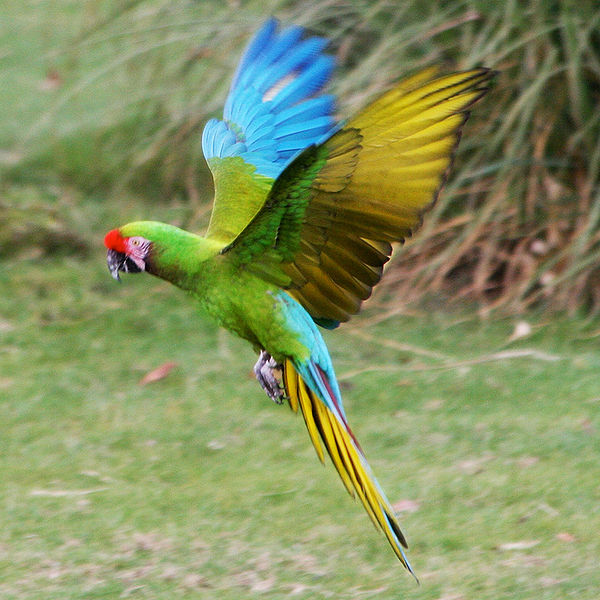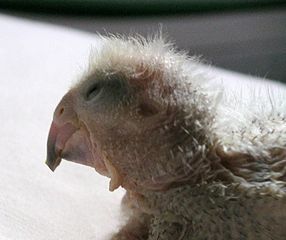 A wide array of habitat types and climatic conditions allow an incredible assortment of creatures to thrive in Columbia. In fact, this South American country is home to more bird species – 1,750 at last count – than anywhere else on earth.
A wide array of habitat types and climatic conditions allow an incredible assortment of creatures to thrive in Columbia. In fact, this South American country is home to more bird species – 1,750 at last count – than anywhere else on earth.
Wildlife and Birds Galore
Columbian takes up a mere 0.08% of the earth’s surface, but its wildlife accounts for 10-15% of the world’s animal species, and 19% of all known birds live there.
Included in this number are 15% of the world’s parrots – 54 species in all. The parrot diversity is staggering, and the country’s popularity as a bird-watching destination is growing. Within this avian paradise one can see 6 types of Macaw, 6 Amazons and such prizes as White-Eyed and Santa Marta Parakeets, Spectacled Parrotlets and Black-Headed Parrots.
Parrots in Peril
Many Columbians are avid bird keepers – unfortunately, however, wild-caught parrots still figure heavily in the domestic pet trade. Parrot trapping, along with habitat loss (deforestation is a major problem in much of the country), figures heavily in the sad plight of Columbia’s parrots. All 54 native parrots are considered by the IUCN to be threatened with extinction (Endangered, Critically Endangered or Vulnerable), and all are listed on Appendix I or II of Cites.
Parrots are not alone in their troubles. Columbia boasts 66 endemic birds (species found nowhere else in the world) and 96 near-endemics, but 70% of these are threatened with extinction, as are at least 155 other natives.
Hope for the Future
Studies revealed that a great many Columbian citizens are genuinely fond of parrots, but are unaware of their status in the wild and the important role they play in their habitats.
Barranquilla, Columbia’s 4th largest city, was chosen as a test site for a program designed to educate people by building upon their love of nature. In conjunction with the World Association of Zoos and Aquariums, the Barranquilla Zoo is spearheading the effort to sway public opinion against the practice of capturing wild parrots. It is hoped that genuine interest in the birds’ welfare will prove a more effective conservation strategy than difficult-to-enforce regulations.
Further Reading
Don’t miss this impressive list of most of Columbia’s birds, with names given in Latin, English and Spanish.
Military Macaw images referenced from wikipedia and originally posted by Alex Smith and Snowmanradio
 That Bird Blog – Bird Care and History for Pet Birds
That Bird Blog – Bird Care and History for Pet Birds



